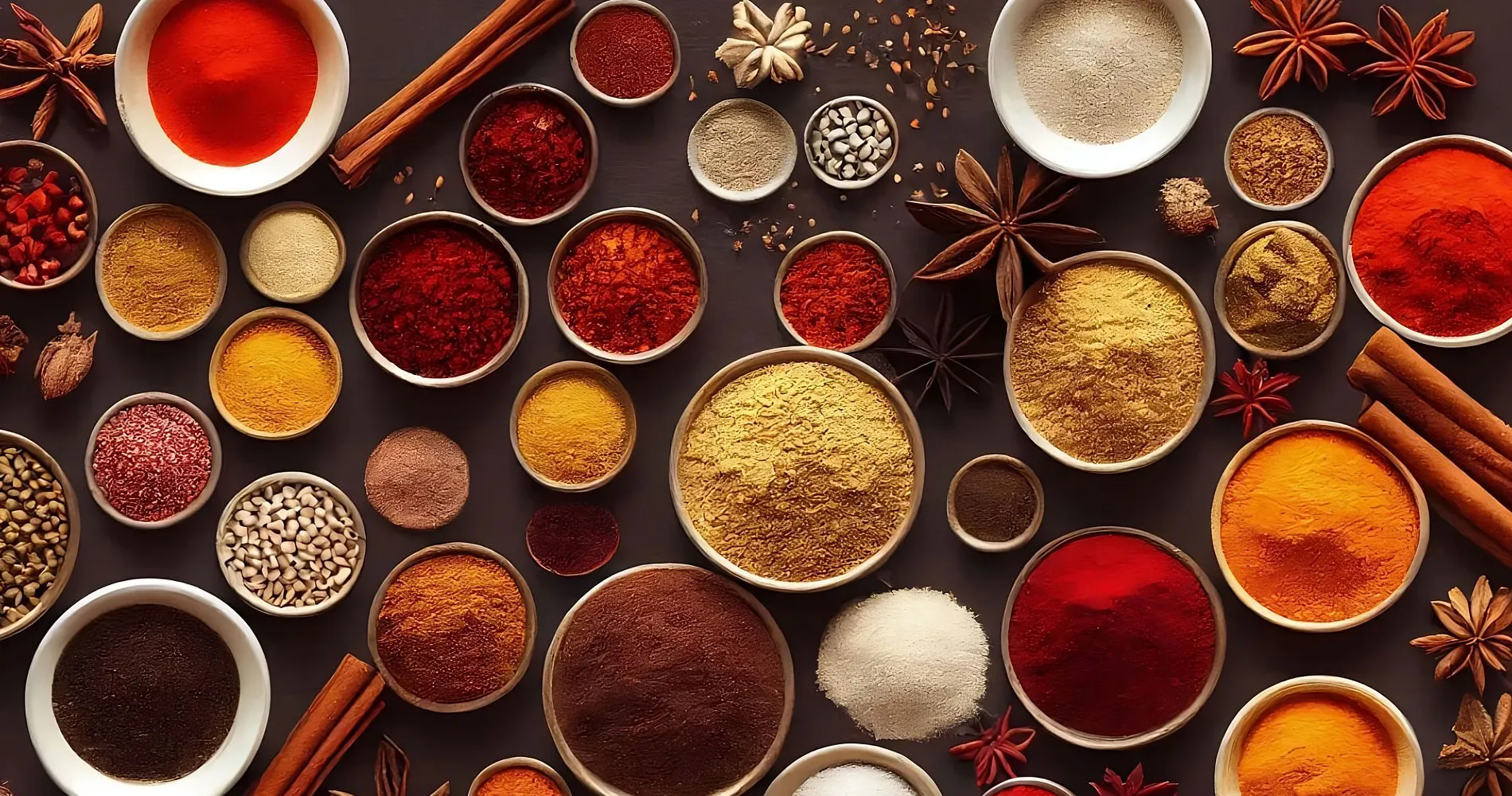Spices from India draw upon a rich cultural and regional heritage that delight food lovers the world over. The spice industry is a strong contributor to India’s exports and GDP. However, in April 2024, Hong Kong’s food safety department drew attention to the presence of carcinogenic pesticide residues, ethylene oxide (EtO), in several spice mixes imported from India. Despite quick investigation and subsequent action by the Food Safety and Standards Authority in India, governmental regulations concerning the use of EtO in India remain problematic, especially domestically. International organizations are limited in their enforcement capabilities and in implementing healthier alternatives.
Alexandra Winterstein
2 December 2024
Arabic version | Chinese version | French version | German version | Spanish version
Indian cuisine, rich in spices, is a globally celebrated culinary tradition that has evolved over centuries. The history of Indian food is as rich and complex as the flavors of the spices themselves. From the lively streets of Mumbai to the peaceful backwaters of Kerala, every region in India has its own special spice blends reflecting its unique culture. The art of creating these blends, known as masala, is often passed down through generations from family to family. In her beautiful novel “The God of Small Things”, Arundhati Roy portrays how Kerela’s complex cultural history is symbolized by spices such as pepper and turmeric. She writes how “green mangoes, cut and stuffed with turmeric and chili powder” are “tied together with twine.”
Unsurprisingly, India plays an important role in the global spice trade, exporting over 200 varieties of spices, including cardamom, cinnamon, chili powder, cumin, saffron and turmeric. These spices often have medicinal properties. For example, turmeric is known for its anti-inflammatory and antioxidant properties and plays an important role in curries. Cumin is believed to aid digestion by stimulating pancreatic enzymes and is used in a variety of dishes for its warm, earthy flavor. Chili peppers, which form the backbone of Indian spicy food, contain capsaicin, known for its metabolism-boosting effects, pain relief, and reducing the risk of cancer.
It is therefore not surprising that India ranks as the top global producer and consumer of spices. In 2024, India exported spices worth approximately USD $4.25 billion. The spice market is projected to expand at a CAGR (compound annual growth rate) of 8.11%, potentially reaching a value of USD 15.74 billion by 2032. Renowned for its quality and variety, the Indian spice industry also provides employment for millions of farmers and workers involved in the cultivation, processing, and distribution of spices.
When spices are prepared for food production and export, there are different ways to preserve their properties. One of these methods uses ethylene oxide (EtO). Ethylene oxide is a sweet-smelling, colorless gas that has a variety of uses. In smaller quantities, it is used as a sterilant and a fumigator in food spices to control bacteria such as e. coli and salmonella. The sterilization process targets yeasts, mold, and bacteria, significantly prolonging the shelf life of the spices. Its gaseous form allows it to permeate through breathable packaging.
However, when EtO-treated food is not adequately aerated, it leaves behind residues. These lead to the formation of toxic compounds like 2-chloroethanol (2-CE), ethylene chlorohydrin (ECH), and ethylene glycol (EG). Strong evidence exists that these poisonous residues can cause cancer in humans. A link has been detected between chronic, low-level exposure through contaminated spices and leukemia, stomach, and breast cancer.
EtO residues can lead to a range of adverse effects, including spontaneous abortion, genetic and nerve damage, peripheral paralysis, muscle weakness, lung injury and cognitive impairment. In response to these concerns, international agencies such as the European Union have set strict regulations and maximum residue limits for EtO products. The International Agency for Research on Cancer has classified the use of EtO in food production as a Group 1 carcinogen.
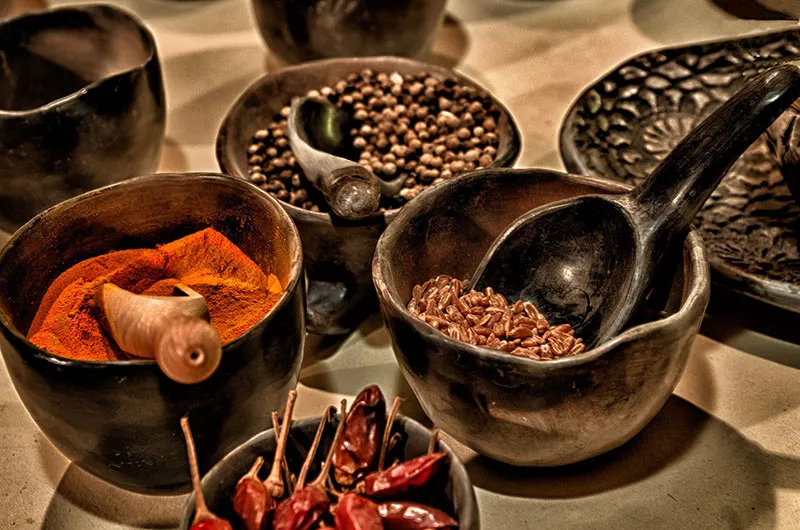
x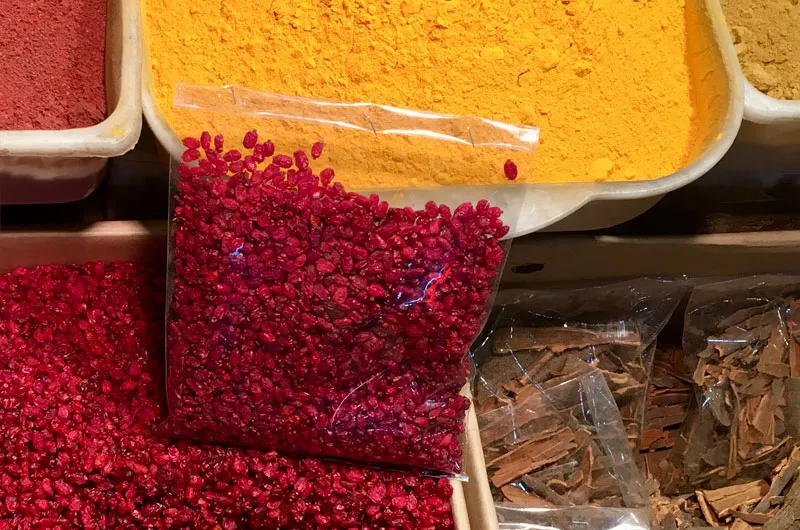
What happens when EtO residue is found in spices in India? And how did this happen?
On 5 April 2024, Hong Kong’s food safety department drew attention to the presence of a EtO in two spice mixes imported from India: in Everest’s fish curry masala powder and in three spice blends manufactured by MDH (Mahashian Di Hatti.) Subsequently, on 18 April 2024, the Singapore Food Agency issued a recall of Everest’s fish curry masala. By the end of April, five more countries, including the USA, New Zealand and Australia either issued a ban, a recall, or announced their intention to investigate imported spices from India.
In response, the Food Safety and Standards Authority of India (FSSAI) initiated a program of inspections, sampling and testing of spice blends. Data made available to Reuters showed that 12 percent, or, 474 of about 4000 samples collected between May 2024 and the beginning of July 2024, suffered from quality and safety problems. The authorities emphasized that appropriate measures would be taken. In June 2024, the FSSAI revoked the manufacturing licenses of 111 spice producers across India.
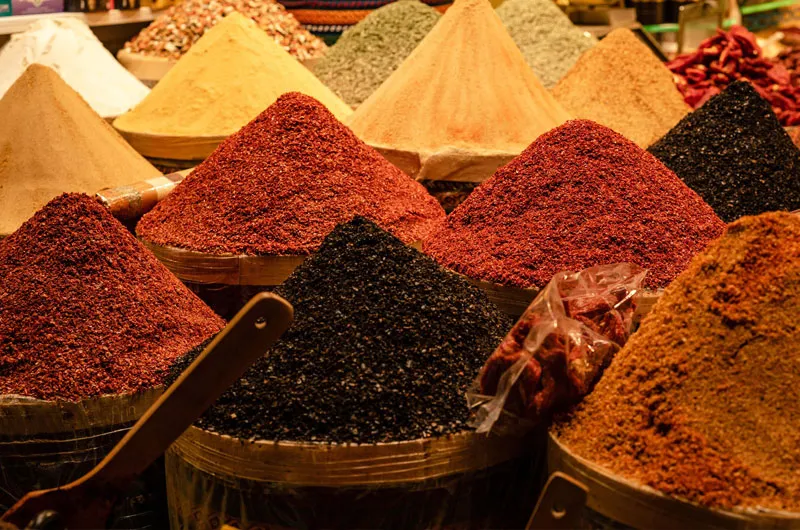
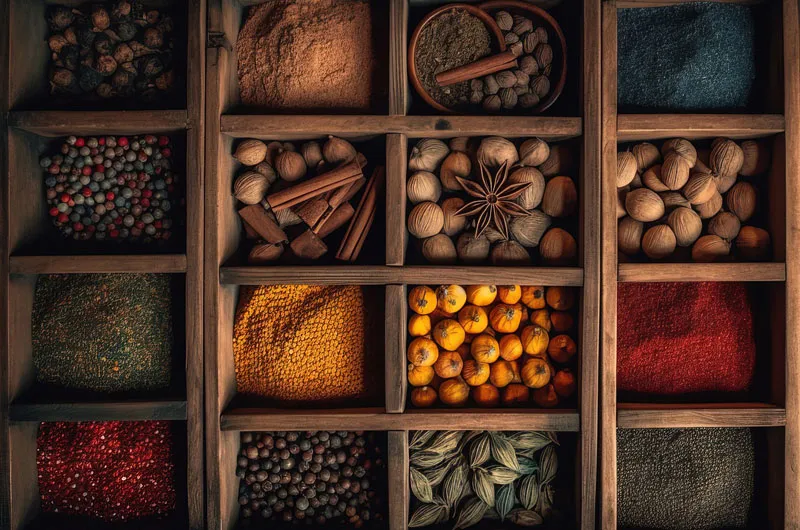
It is perhaps surprising that the presence of EtO has gone undetected for so long. Indian laws do not require spices sold in the domestic market to be tested for EtO or any pesticide residue, unless there are under special directive from the authorities. Food experts told Scroll, an independent Indian news website, that EtO may have entered the spice mix either because it was used on crops or as a cheap agent used to sterilize and disinfect spices. “Spices in storage are prone to infection from germs such as salmonella bacteria,” said Kaushik Banerjee, principal scientist from the Indian Council of Agricultural Research. “Ethylene oxide can help kill the bacteria.”
“It is not registered as a pesticide under Insecticide Act, 1968, and therefore not regulated,” said Deepak Shah, Chairman of the Crop Care Federation of India. A food analyst Scroll spoke to said that most government labs do not have the equipment to conduct these tests. They need to send them to private labs for testing.
As a consequence of Hong Kong’s discovery in April 2024, the Spices Board of India, an agency affiliated with the Ministry of Commerce, requested spice producers to stop using EtO as a fumigation agent and to utilize other sterilization methods. The new regulation requires all spices intended for export to undergo testing for EtO. Shockingly, no such test was made mandatory for spices sold in the domestic market.
Highlighted in this sequence of events is the definite need for stricter global food safety regulations and consumer awareness. Alternative innovative technologies such as cold plasma, pulsed light sterilization, steam sterilization, irradiation and high-pressure processing offer safer and non-chemical methods alternatives to EtO. There are also ongoing discussions with international organizations to establish limits on EtO usage in spices to ensure consumer safety while maintaining high quality standards of trade.
India faces some major challenges. One of them seems to be the lax enforcement of food safety regulations and the presence of few governmental testing labs. Another challenge is the need for the FSSAI to align its regulations with international benchmarks set by organizations such as the European Food Safety Authority and the US Food and Drug Administration.
India’s geographic diversity and historical trade routes have so positively contributed to the world a wide range of regional cuisines, each with its own unique use of spices. According to a notable Indian food quote, “spices are the heartbeat of Indian cooking. Without them, the food loses its soul.” But it is also essential that Indian spice producers meet global safety standards, regain trust in international markets and protect their own citizens.


